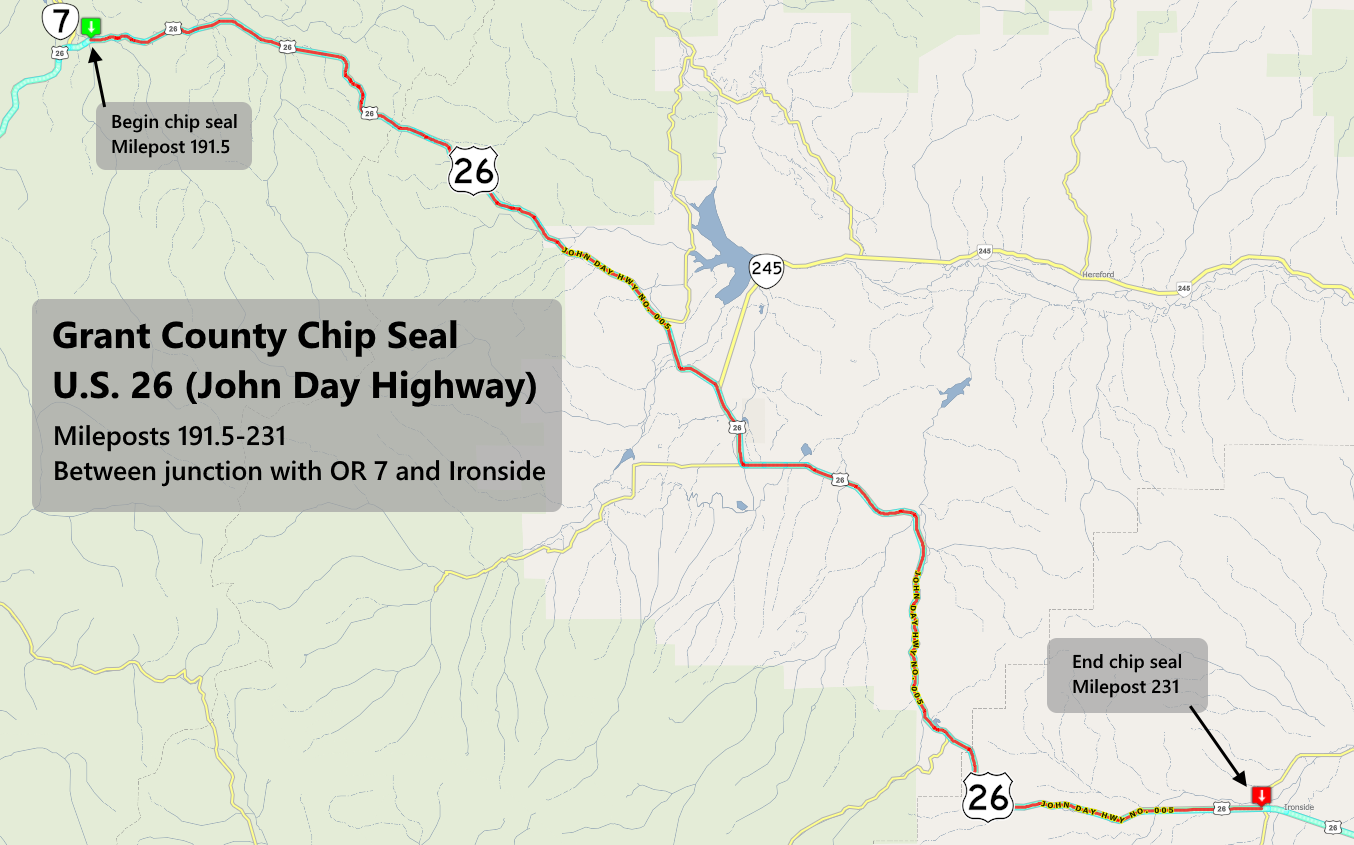The towns that drowned
Published 2:30 pm Wednesday, November 3, 2021

- Bob Reinhardt
BAKER CITY — Bob Reinhardt’s master’s thesis is growing into a full-fledged endeavor that he says will take years to complete.
Probably until he retires.
“It’s a long-term project,” he said.
It’s also a project that involves a Baker County village that disappeared.
Reinhardt’s work started 15 years ago at the University of Oregon when he began researching the old town of Detroit, along the North Santiam River in the Cascade foothills east of Salem.
Detroit disappeared beneath its namesake reservoir after a dam was built in the early 1950s.
While studying the history of Detroit, Reinhardt discovered more towns that had the same fate — including Robinette, at the eastern edge of Baker County.
“I had advisors who said there are dozens of these places in the American West,” he said.
Reinhardt learned more about the topic during a stint as executive director at the Willamette Heritage Center in Salem.
“It gave me the opportunity to return to the topic,” he said.
He’s now in his fifth year at Boise State University, where he is an associate professor in the department of history.
He has named his project “The Atlas of Drowned Towns.”
In 2020, he received a “digital project for public” discovery grant from the National Endowment for the Humanities to help “recover and interpret the history of these towns that were displaced or disappeared,” he said.
The list includes Robinette, which was on the banks of the Snake River east of Richland.
Robinette, named for James Robinette, who settled in the area in 1887, had its post office established in 1909.
The town, which had a population of 25 to 30 for much of its history, was abandoned in 1957 as construction neared completion on Brownlee Dam on the Snake.
Brownlee Reservoir inundated the site of Robinette in 1958.
Reinhardt is coming to Baker City on Tuesday, Nov. 9, to talk about his project and collect stories about Robinette from local residents.
The event is part of a new lecture series that will be held on the second Tuesday of each month at the Baker Heritage Museum, 2480 Grove St.
His talk starts at 6 p.m. in the upstairs ballroom.
“I’m hoping a lot of people show up who want to share memories,” he said.
He’ll also have a question-and-answer session to see what local residents would like to see in this project.
Drowned TownsAlthough some instances of drowned towns date back to the 1920s, Reinhardt said most occurred during 1950s, ‘60s and ‘70s when many dams were built across the Northwest.
Some, like Detroit, were moved to higher ground nearby.
But others, like Robinette, just disappeared.
Well, almost.
Some of the buildings from Robinette were moved to Richland or Halfway, and still stand.
Reinhardt’s goal is to preserve the oral histories of these towns.
“To capture the stories of people who lived in these places,” he said.
He plans to hold a History Jamboree in the future to collect stories and document artifacts tied to the drowned towns.
He said graduate students will help with this field work.
During his research, Reinhardt said he’s been surprised at “how little vocal resistance there was” to the building of dams and subsequent reservoirs.
“It’s a really traumatic event — the absolute destruction of a place they’ve come to call home,” he said. “It’s a really interesting and sad puzzle — how did people come to accept that?”
Right now he’s working on an inventory of drowned towns, starting with the Snake River.
“It’s been a real process of discovery and enlightenment for me,” he said.
He has a map posted on the website drownedtowns.com.
The website also has a place where people can send a note with information about a drowned town.
Resident’s photographs help preserve Robinette’s history
The legacy of Robinette, one of Oregon’s drowned towns, is richer than many largely due to one of its residents’ facility with a camera.
Pete Basche and his wife, Ernestine, moved to Robinette in February 1942.
Over the next 15 years, Pete worked as the Standard Oil Co. fuel distributor, hauling gasoline and diesel and heating oil around Baker County’s Panhandle.
But Pete also used his camera to document life in one of Oregon’s more isolated towns.
What he didn’t know, for part of that time, was that it was also a doomed town.
Pete’s daughter, Betty Basche, who was born on Dec. 30, 1942, in the family’s home at Robinette, said her father “always had a camera.”
“We didn’t go anywhere without a camera,” Betty said in a 2017 interview with the Baker City Herald.
Pete’s photographic subjects ranged from Christmas pageants at the one-room, K-8 Robinette school, to boat trips down the Snake River’s rapids, to family outings in Hells Canyon and to Anthony Lakes to escape the Canyon’s oppressive summer heat.
In the last few years before Robinette was submerged, Pete focused his lens most often on the very project that doomed his town — the construction of Brownlee Dam.
He photographed the multi-year process — it started in 1955 — from the ground on both the Oregon and Idaho shores of the Snake, from the steep slopes above, and in several cases from an airplane.
“That was his passion — photography,” Gary Dielman, who curates the Baker County Library District’s Historic Photo Collection, an online archive that includes almost 8,200 images, said in 2017.
That’s the year Dielman added 270 photos, most of them taken by Pete at Robinette during the 1950s, to the collection.
Pete, who moved to Richland in 1957, died on July 17, 2004, at age 90.
Betty Basche, who lives in Richland in the same house in which she was born after it was moved from Robinette, inherited much of her father’s photo collection — more than 1,000 images.
The Pete Basche Collection is included with Gallery 6 on the online collection, which is available at bakerlib.org.
— Jayson Jacoby






